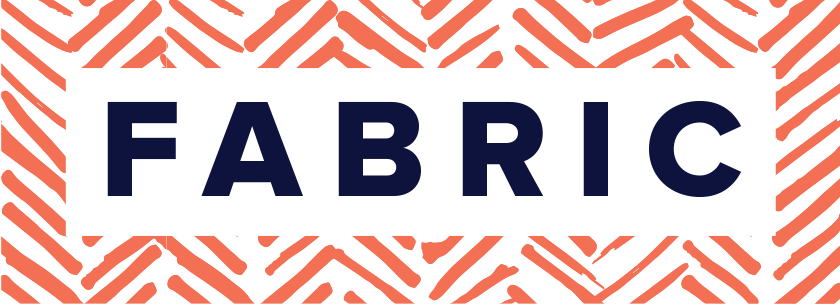The Makings of a Great Organization
What really makes a great organization? When you think about the places you've worked where you can honestly say it was a fantastic experience, the reasons are most often associated with the people you worked with, the work you accomplished and believing in the company’s purpose. These core factors can be expressed simply as:
People want to like who they work with
People want to like who they work for
People want to do interesting work and love what they do
People want to know how what they do contributes to the bigger picture
This more-targeted perspective on today's employee hierarchy of needs often explains why someone chooses to join a particular company or why someone might leave.
Many companies today don't have these principles front and center; they are often lost in the myriad of competency frameworks, performance management process re-launches and other important projects which don't necessarily get to the core of what's most critical organizationally and what's most impactful to the bottom line.
As research and trends in the HR arena continue to evolve along with your company's priorities, it's important for the talent agenda to be relevant and aligned with the organization’s culture and business strategy. This should ideally be accomplished in concert with the above “People Want” filter to ensure the work will be valued, understood and ultimately implemented by your most important asset.
How can organizations accomplish this?
First, keep it simple, which is different than being simplistic or dummying-down critical research and advanced thinking in the HR field. Focus on what matters most and what is most meaningful to employees and therefore most-directly impacts organizational health and company performance - Use the “People Want” hierarchy above as a filer – ie., What will we accomplish by re-designing our succession planning process? How is it linked to our business priorities and will it address any of the top four employee wants? If not, scrap it. It's a distraction. Divert resources (financial, people and time) to areas that will add more overall value to the organization.
Second, equally demand and reward “the what” and “the how.” It’s not just what you achieve that’s important, but how you achieve it as well. Senior leaders should be held to an even higher standard with regard to behavior (the how) since their ability to be successful ultimately is achieved through the teams they personally lead. Failure to do so tells employees that it’s OK for senior leaders to behave badly if they are getting the right results and creates a different set of standards. Even if you are tempted, don't tolerate poor behavior as news will spread quickly and it will ultimately negate the positive things you are trying to do in building an effective, open and healthy organization.
Third, hire the right people - That means anyone part of the interview process needs to know what questions to ask, why they are being asked as well as how to properly assess candidate responses. Also, interviewing needs to be part of every manager's responsibility and not left solely to internal recruiters. Assessing potential performance and fit is one of the most important skills every leader needs to master. If you can't build a team effectively as a leader, you won’t have anyone to lead.
Finally, communicate, communicate and communicate. I've never worked at a company where employees complained of "too much" communication. Even if you don’t yet have an answer, tell people that you don’t and when you plan to get back with them. When the deadline comes, share what you have. Employees need to understand both short and longer-term priorities and how the company’s purpose links to what they do each day. Treat employees like adults -- share the ups and the downs. Don't over-rely on information being cascaded down from the top. People today get information from a myriad of places so be sure to have a multi-pronged approach to keeping employees informed and ensure employees have a way of sharing their feedback upward.
While it is easy to agree with all of these ideas, it is not as easy to bring them to life and embed them throughout every part of an organization, especially if there are significant gaps today. Each idea brings unique challenges depending upon the state of the company, evolution of the senior leadership team and effectiveness of the global HR function to provide the relevant framework. The good news is that each of these levers can be directly controlled and influenced by the organization itself –taking on only the most impactful initiatives, holding everyone accountable to good behavior, having the right people, and relentlessly over-communicating.
How does your company fare against these 4 principles?

